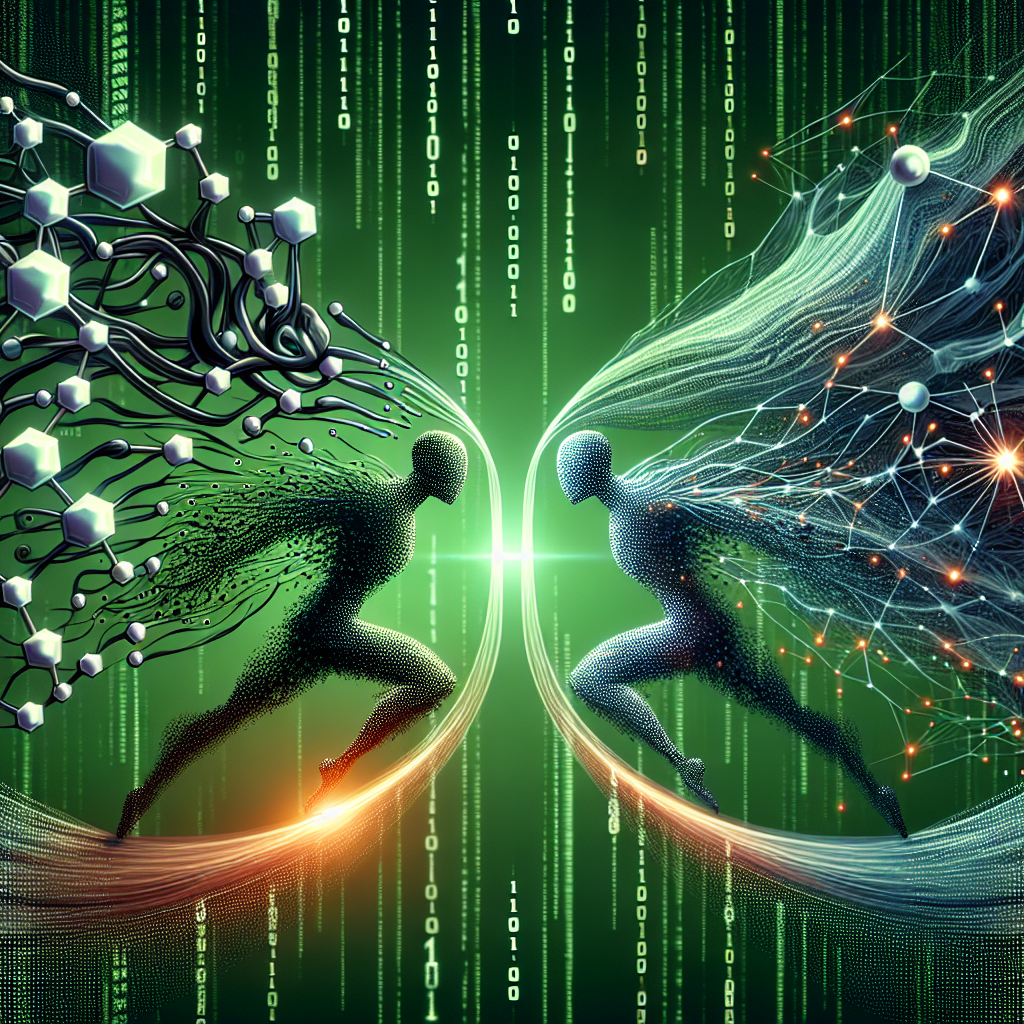Exploring Generative Adversarial Networks (GANs): Technical Insights, Applications, and Best Practices

With the rapid advancement in Artificial Intelligence (AI), one tool that has significantly shaped both research and practical applications is Generative Adversarial Networks (GANs). GANs are a class of machine learning frameworks designed to generate synthetic data that is indistinguishable from real data. This blog post provides an in-depth look into the technical workings of GANs, explores their wide-ranging applications, and discusses best practices for implementing them effectively. This comprehensive guide is tailored for readers with a technical interest in AI, aiming to equip you with a solid understanding of one of the most exciting advancements in recent years.
Technical Overview of Generative Adversarial Networks
GANs consist of two neural networks – the generator and the discriminator – that are trained simultaneously through adversarial processes. Here are the core components:
1. Generator
The generator's goal is to create data that is as realistic as possible. It starts with a noise vector (random data) and uses it to generate synthetic data. The generator tries to fool the discriminator by producing outputs that are indistinguishable from real data.
2. Discriminator
The discriminator's role is to classify the data it receives as either real or fake. It takes both actual data and synthetic data from the generator and determines their authenticity. The discriminator aims to accurately distinguish between real and generated data.
3. Adversarial Training
The adversarial training involves a two-player minimax game where the generator's objective is to maximize the error rate of the discriminator (i.e., produce convincing fake data), and the discriminator aims to minimize its error rate (i.e., accurately classify real vs. fake). The training process continues until the generator produces data that the discriminator can't reliably distinguish from real data.
4. Loss Functions
The generator and discriminator use different loss functions to improve their objectives. The generator's loss function measures how well it fools the discriminator, while the discriminator's loss function measures its accuracy in distinguishing real from fake data. Popular variants like Wasserstein GAN (WGAN) improve stability by modifying the loss function.
Applications of Generative Adversarial Networks
GANs have found use in numerous fields, offering innovative solutions and improvements:
1. Image Synthesis
GANs are widely used for image generation tasks, such as creating high-resolution images from low-resolution inputs or generating entirely new images. Projects like Nvidia's GauGAN allow users to create photorealistic landscapes from simple sketches, demonstrating the power of GANs in creative applications.
2. Data Augmentation
In scenarios with limited training data, GANs can generate additional synthetic data to augment the dataset, improving the performance and generalization of machine learning models. For example, in medical imaging, GANs generate synthetic MRI or CT scans to increase the diversity of training data.
3. Super-Resolution
GANs are used to enhance the resolution of images and videos, converting low-resolution images into high-resolution ones. Super-Resolution GAN (SRGAN) is a notable example, achieving impressive results in improving image quality for various applications.
4. Text-to-Image Synthesis
GANs can generate images from textual descriptions, effectively bridging the gap between language and vision. Projects like AttnGAN and DALL-E by OpenAI demonstrate the ability to create detailed images based on descriptive text inputs, opening new avenues for content creation and accessibility.
5. Style Transfer
Style transfer uses GANs to apply the artistic style of one image to another. Applications like Prisma and DeepArt utilize GANs to transform photographs into artworks in the style of famous artists, providing powerful tools for digital artists and designers.
Best Practices for Implementing GANs
Effective implementation of GANs requires careful consideration and adherence to best practices:
1. Choosing an Appropriate Architecture
Select the right GAN architecture based on your task. Popular variants like DCGAN (Deep Convolutional GAN) are suitable for image-related tasks, while CycleGAN is ideal for tasks involving image-to-image translation without paired datasets.
2. Balancing Generator and Discriminator Training
Ensure balanced training between the generator and discriminator. If one network significantly outperforms the other, it can destabilize the training process. Techniques like one-sided label smoothing and updating the discriminator multiple times per generator update can help maintain balance.
3. Utilizing Regularization Techniques
Incorporate regularization methods such as dropout, spectral normalization, and gradient penalty to stabilize the training process. These techniques help prevent overfitting and improve the overall performance and robustness of the GANs.
4. Evaluating Model Performance
Use appropriate metrics to assess GAN performance. Metrics like Inception Score (IS) and Fréchet Inception Distance (FID) provide quantitative measures of generated data quality. Additionally, qualitative evaluation through visual inspection can be valuable.
5. Leveraging Pre-trained Models
Leverage pre-trained GAN models and transfer learning to benefit from already learned features, speeding up training and improving results. Platforms like TensorFlow Hub and PyTorch Hub offer various pre-trained GAN models for different tasks.
6. Continuous Experimentation
GANs require extensive experimentation and fine-tuning. Continuously adjust hyperparameters, architecture components, and training strategies to achieve the best results. Using automated hyperparameter search tools can streamline the optimization process.
Conclusion
Generative Adversarial Networks (GANs) are a frontier technology in the AI field, offering unprecedented capabilities in generating realistic synthetic data. By understanding their technical components, exploring their diverse applications, and following best practices, practitioners can harness the full potential of GANs. As research and technology in GANs continue to advance, staying updated with the latest developments and innovations will be essential for leveraging these powerful tools in your projects.
Have you worked with GANs in your AI projects? Share your experiences and insights in the comments below – we look forward to hearing from you!



